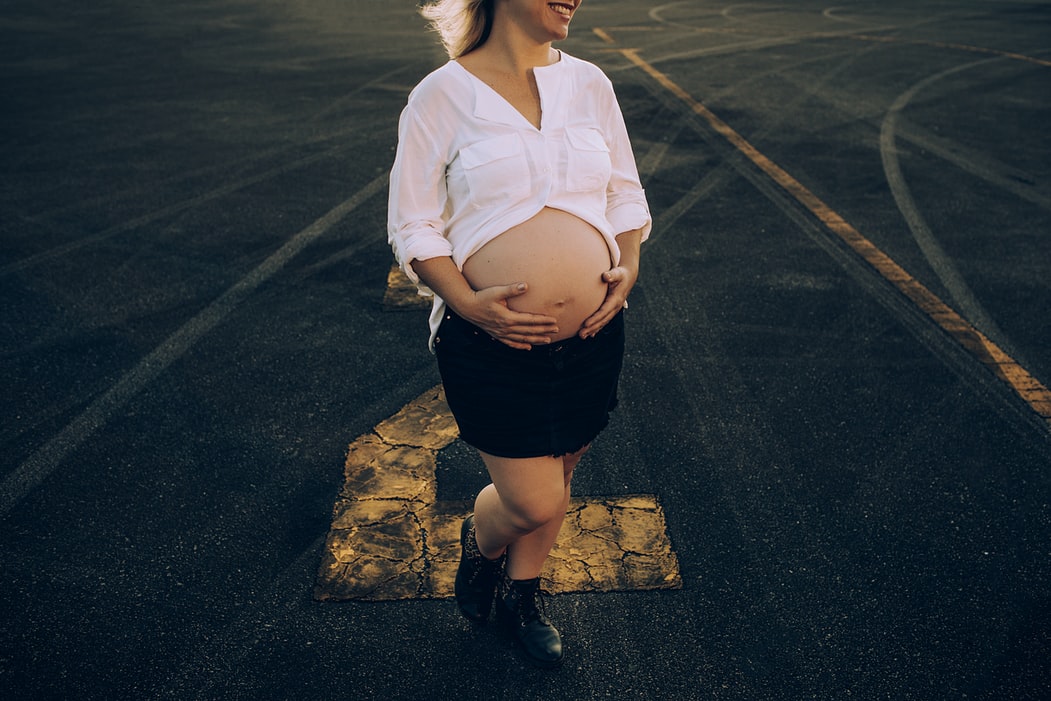The study about air pollution and premature birth
Silvia Regina Dias Medici Saldiva

Evidence from the recently-created field of Planetary Health shows that human health increasingly depends on the well-being of the planet. Studies have already demonstrated that environmental conditions, especially air pollution, also affect babies during the gestation period and after birth. However, we have lacked data to both quantify these risks and understand the influence of social factors on labor and childbirth. Between October 2014 and November 2016, research conducted by Silvia Saldiva, a doctor in Public Health, in the city of São Paulo worked to fill these gaps.
First, the team analyzed the different rates of prematurity in 96 administrative districts of the São Paulo capital, with a population of 12 million. To do this, the researchers used the Information System on Live Births (Sinasc) database. “There were many differences in indicators between neighborhoods, and we wanted to understand the reason for that,” explains Silvia. “The highest number of premature babies were concentrated in the central region and Jardim Paulista, but we knew that this was related to the high prevalence of cesarean sections driven by the location of private maternity hospitals in these areas. By excluding this factor, we developed a more accurate picture of the neighborhoods with the most premature infants.” The researchers found two neighborhoods with a high prevalence of premature infants, Tremembé and Pedreira – with a rate around 14% – and one with a low rate, Jardim Ângela (9%). The average for the city of São Paulo is 11%, which is the same as the national average.
The next step was to literally go to the field to understand the reasons for these differences. The researchers compared the data from Sinasc with data from the government to identify the home addresses of families with premature infants who lived in the three regions selected for the study. Then, the group personally conducted interviews with the mothers of these babies. As a control, an interviewer also visited the homes of families that had given birth to full-term babies (over 37 weeks of gestation).
To conduct these conversations, the study team had to face a variety of obstacles, including the influence of drug trafficking, gender issues and domestic violence, and even attempts to steal interview tablets. “We had to create folders to explain the research, and even then, some people called to confirm the veracity of the interviews,” recalls Silvia. Despite these obstacles, the team succeeded in their efforts.
To accurately measure air pollution in these regions, the researchers had to innovate. In the absence of measuring stations, they installed pollutant filters. They raffled and distributed ten of them throughout each region. They were installed in the houses for a week during each season of the year. “When we came back, someone had thrown away or wet the filters,” recalls Silvia. “We began to have a lot of problems with filter loss, and we had to think of another solution.” At this time, a recently published study demonstrated that air quality could be successfully measured through tree bark. “We kept the filters in place as an alternative measure and trained students to collect bark from 60 locations close to the homes of premature babies and control households.” It worked.
Laboratory analysis then identified the chemical elements present in the bark and separated them from those that could have resulted naturally from the soil. The team found manganese and lead, the result of burning fuel from heavy vehicles, such as diesel trucks and cars, which are common on these routes. “The bark has proven to be more robust than the filter in accurately assessing pollutants,” says Silvia.

The researchers found that in places where the bark contained more pollutants, pregnant women in that region also had a higher risk of preterm birth. Specifically, pollution doubled the chance of preterm birth. In addition, they also identified failures in prenatal care, such as fewer recommended consultations, which can increase the risk of having a baby before 37 weeks by 1.7 times. “Inadequate prenatal care prevented the correct diagnosis of urinary infections and syphilis, which can also lead to prematurity,” explains Silvia. “Syphilis increases the chances of this outcome fivefold.”
The results were presented to the Municipal Health Secretariat of São Paulo and to the officials who coordinate children and women’s health in the municipality, with the aim of correcting these failures in prenatal care. “They welcomed the findings and promised measures to resolve exam delays and other barriers that prevent quality care.”

